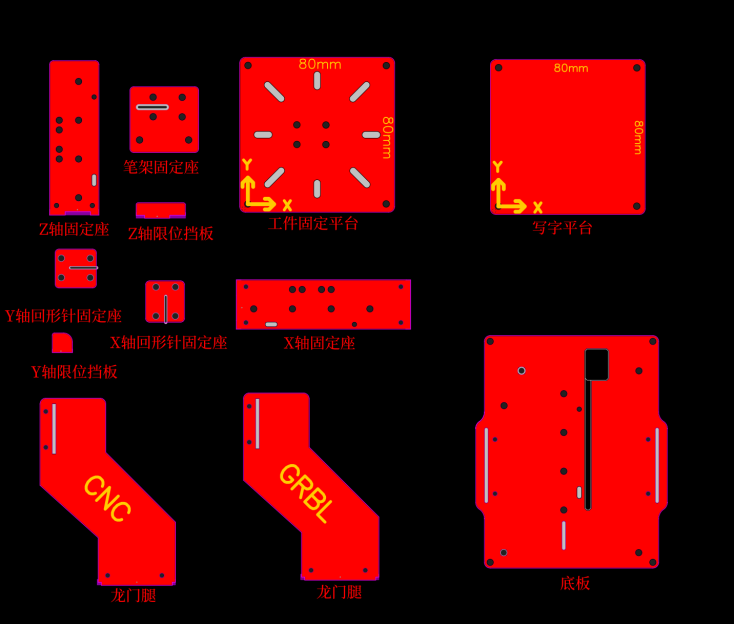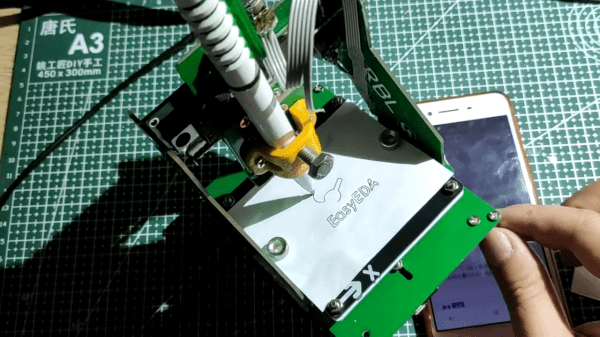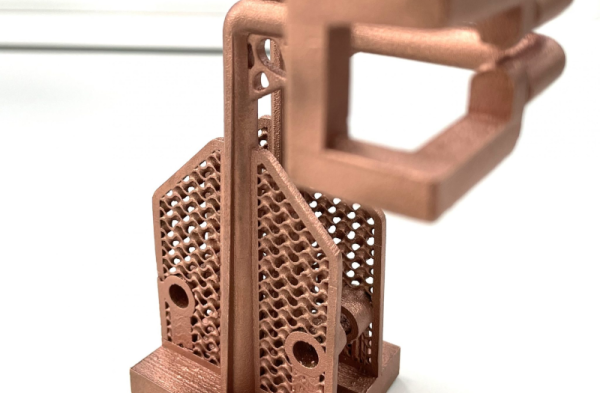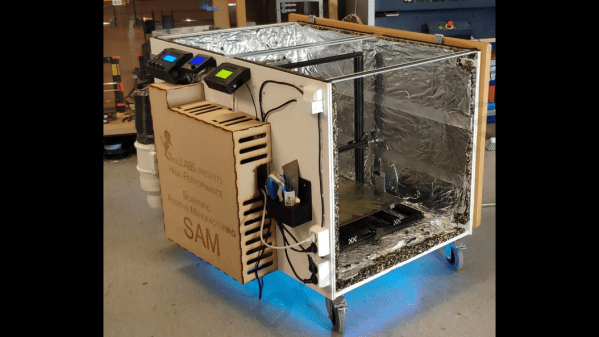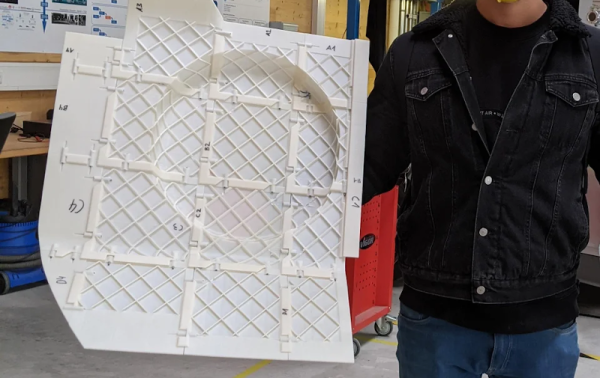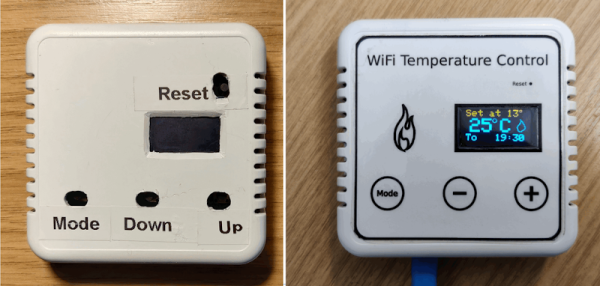Hacker [12344321A] has built a clever open-source pen plotter having a frame made from odd-shaped PCB panels (Chinese). It holds an ordinary drafting pen and draws on a small writing platform 8 x 8 cm square. This is barely enough space to draw a business card, depending on which country you’re from. The motion appears to be provided by DVD stepper motor head positioning assemblies, and the controller is an ESP32-based GRBL 3-axis board. User control is via WiFi and the plotter can be seen in operation being driven from the user’s smartphone (see video on the project page above).
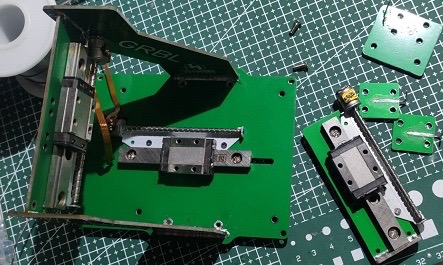
This looks like it would be an inexpensive build, and seems sturdy enough despite being literally held together by solder and paper clips. But be forewarned, the project is documented on an open-source hardware sharing site sponsored by EasyEDA called OSHWHub — the Chinese equivalent of their similar English-language OSHWLab. Hence all the notes are in Chinese, although Google translate can help here. [12344321A] provides all the engineering design files under GPL 3.0 license.
Thanks to [J. Peterson] for finding this project and bringing it to our attention via the tip line.
